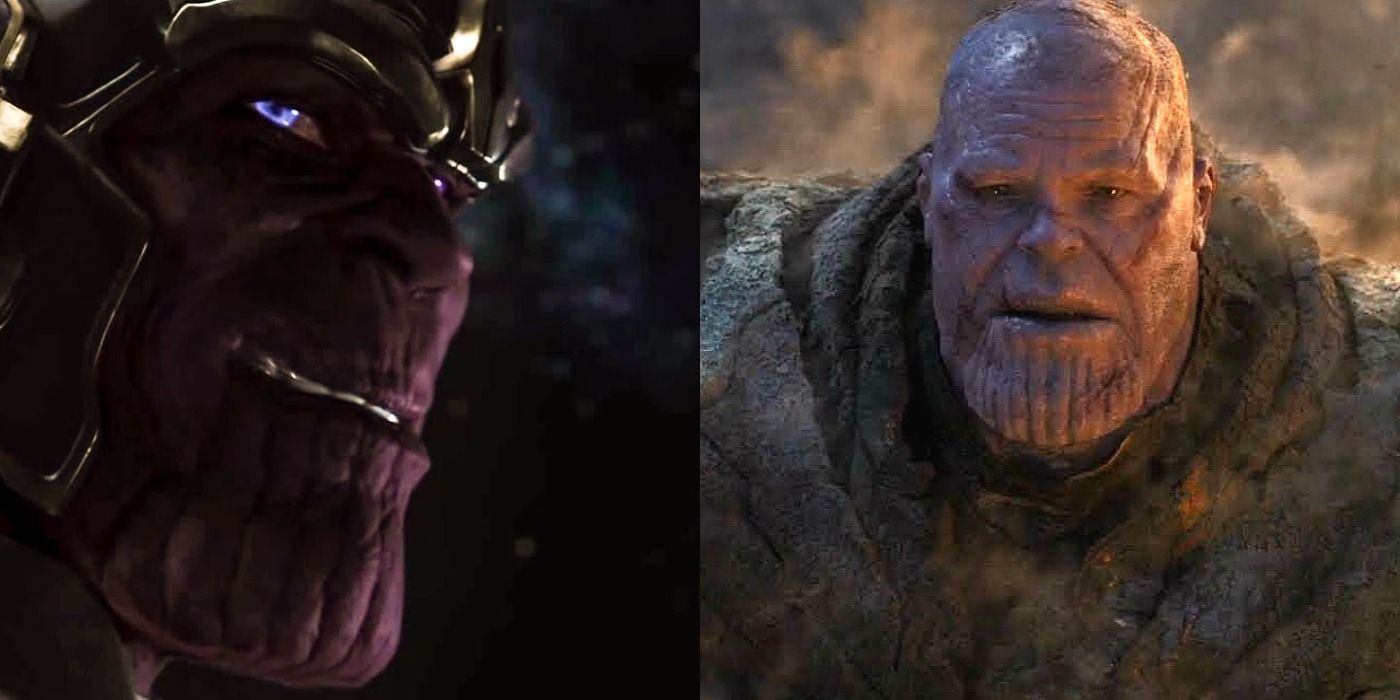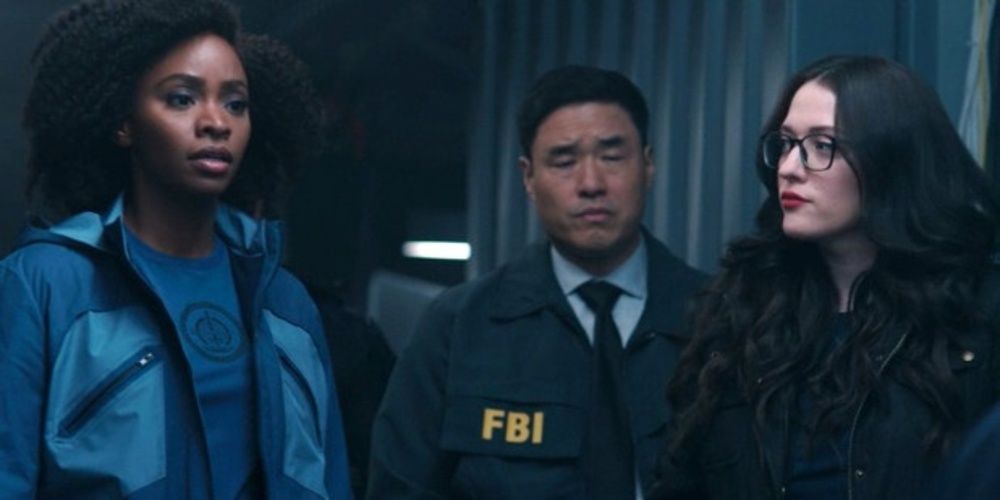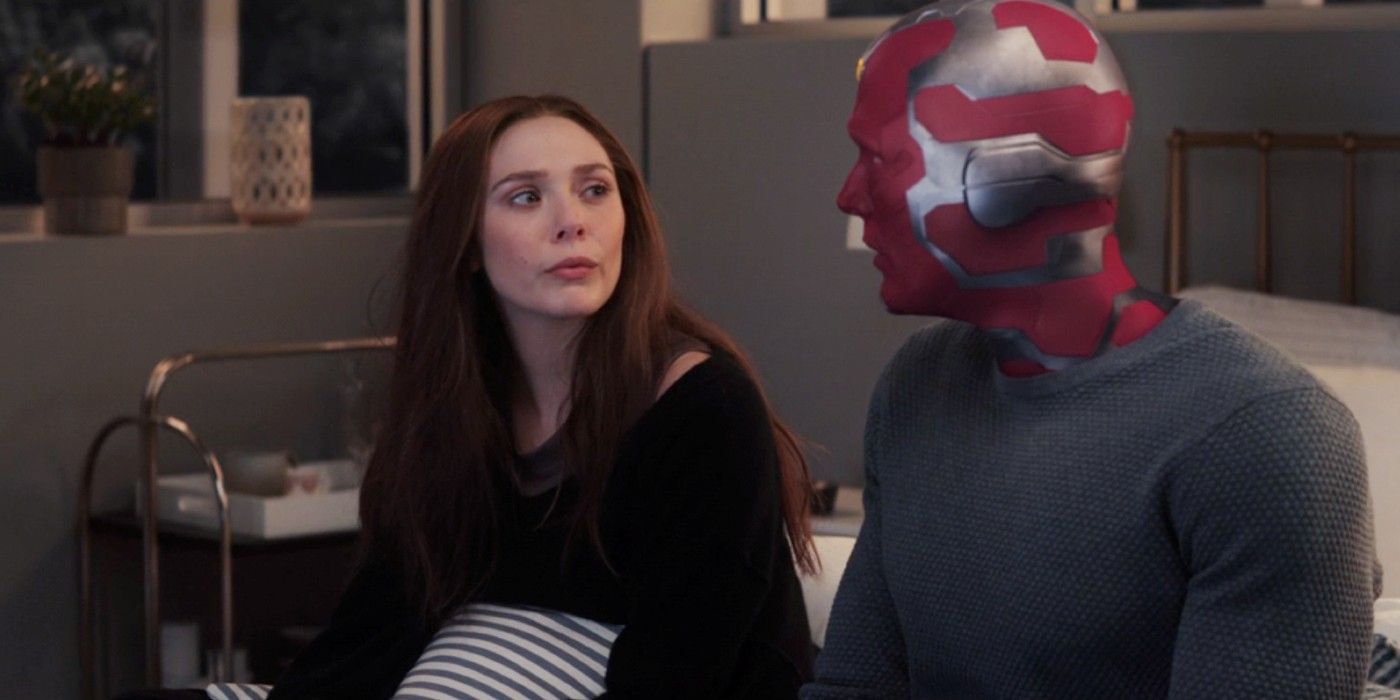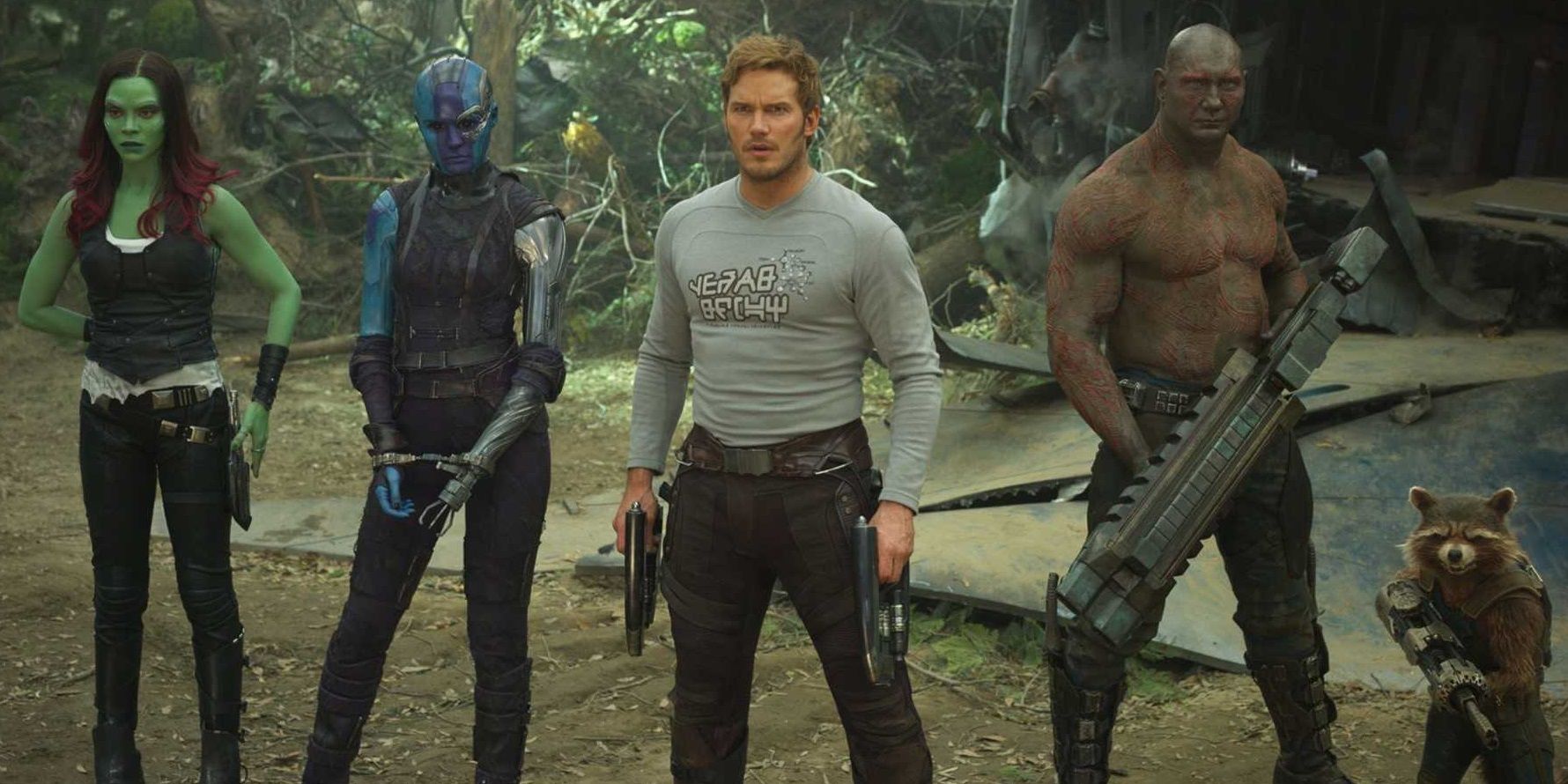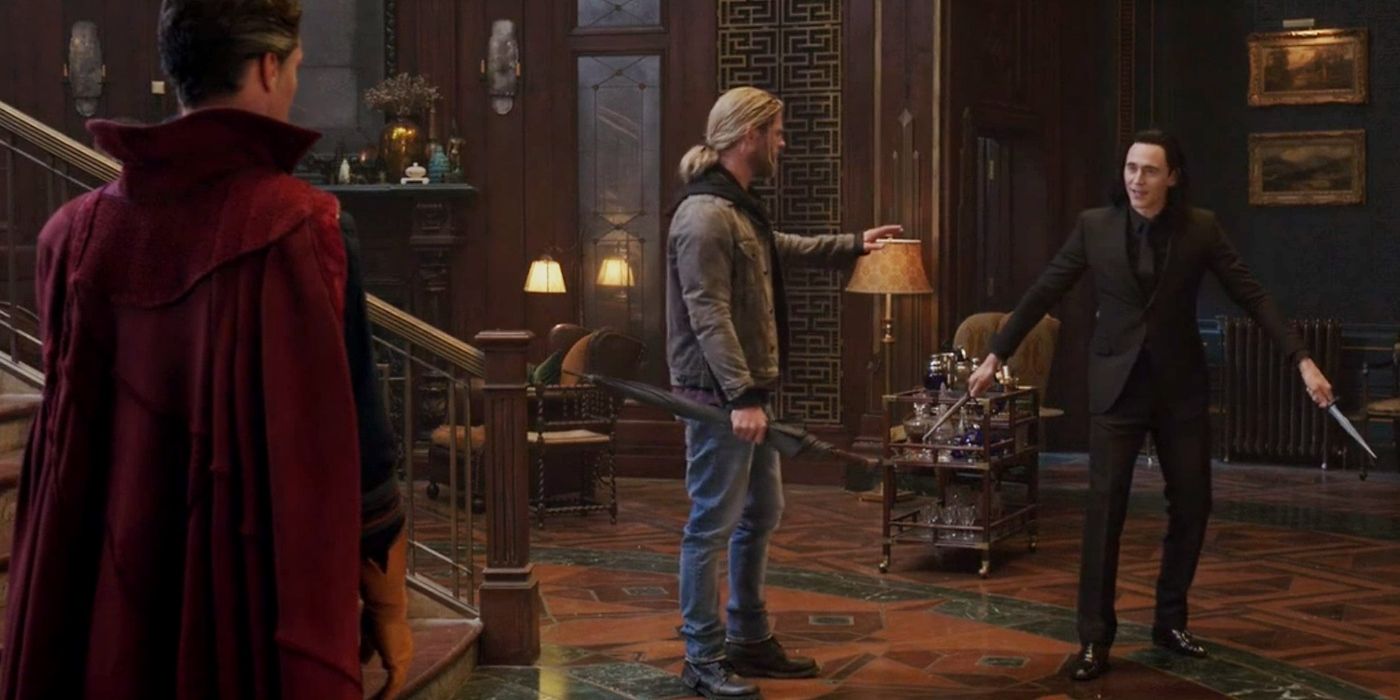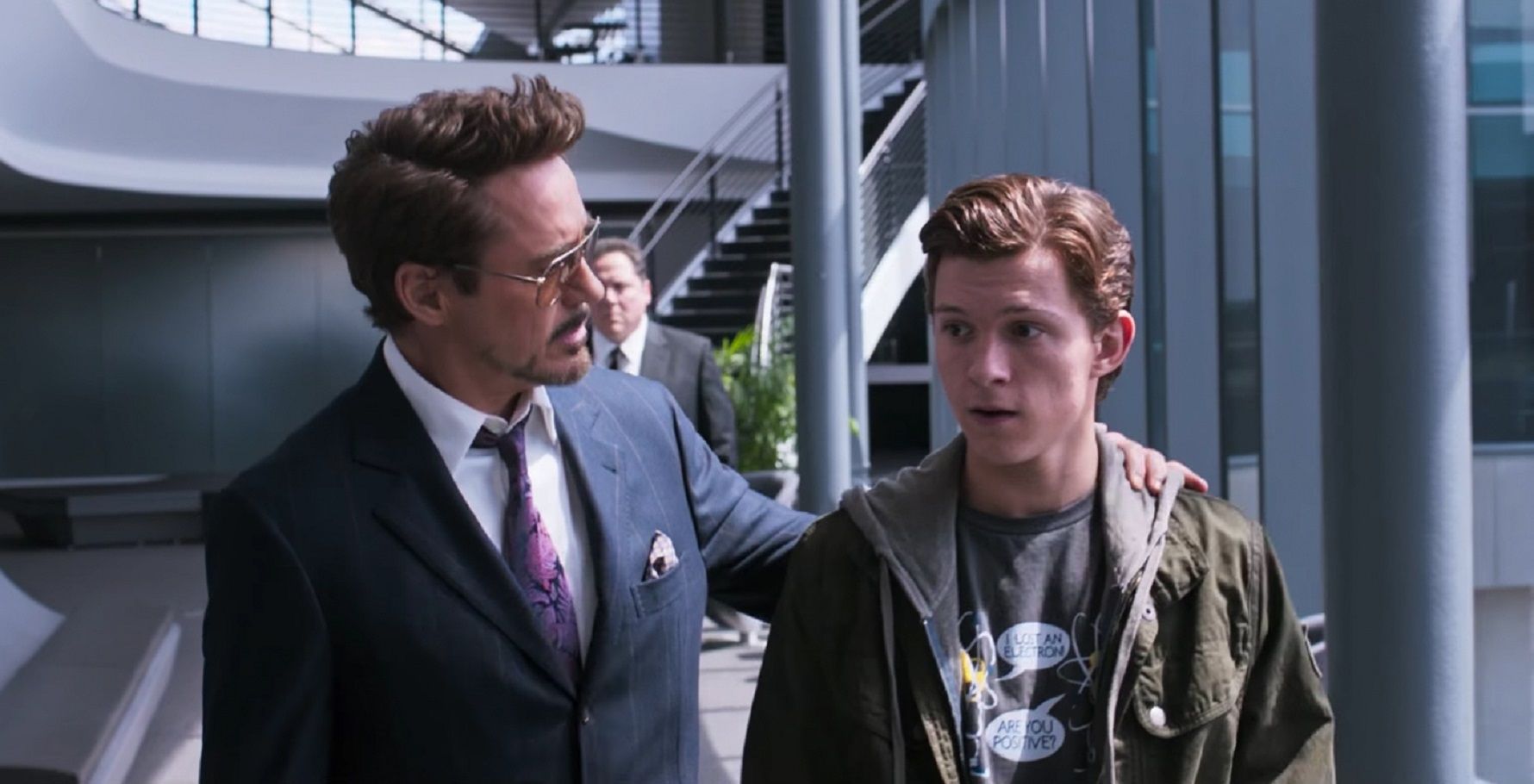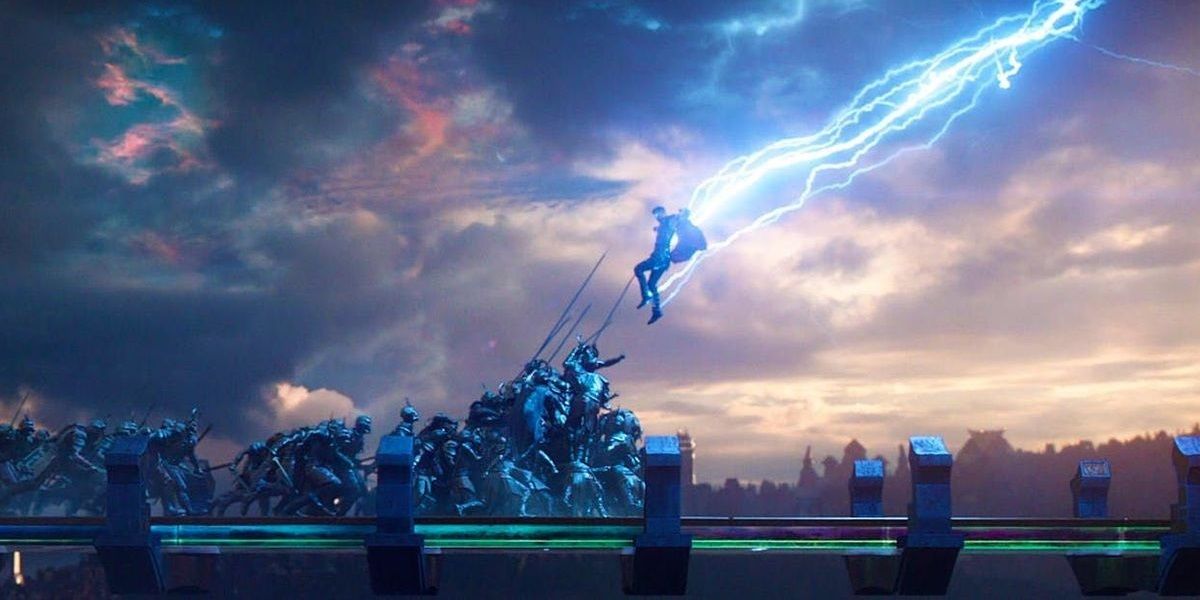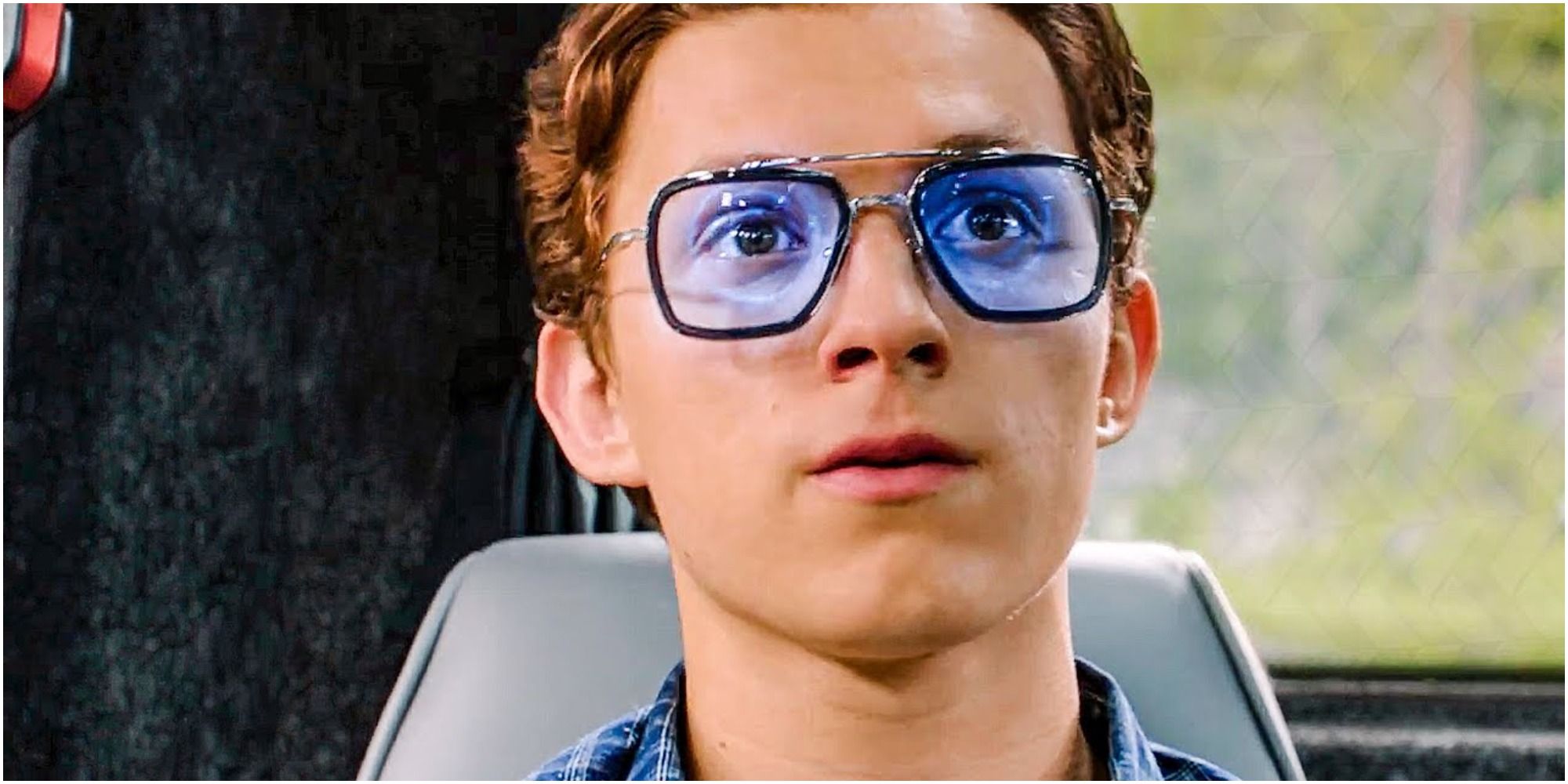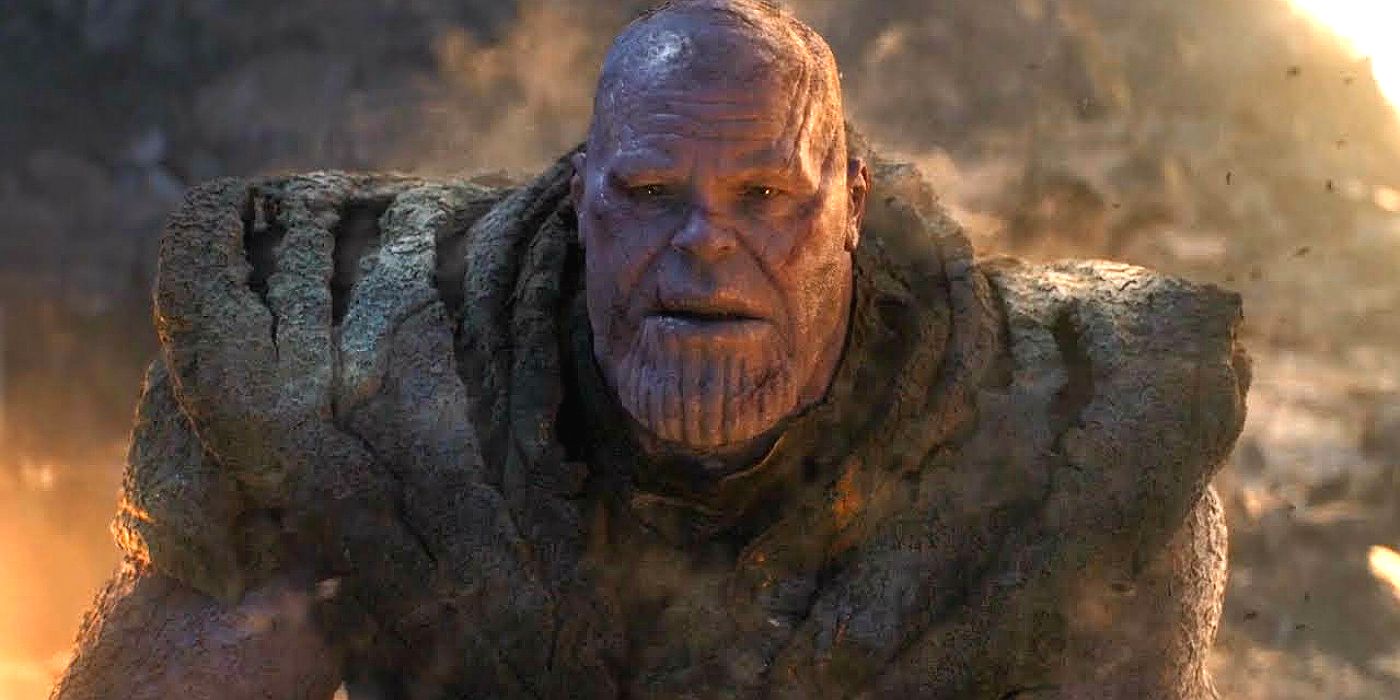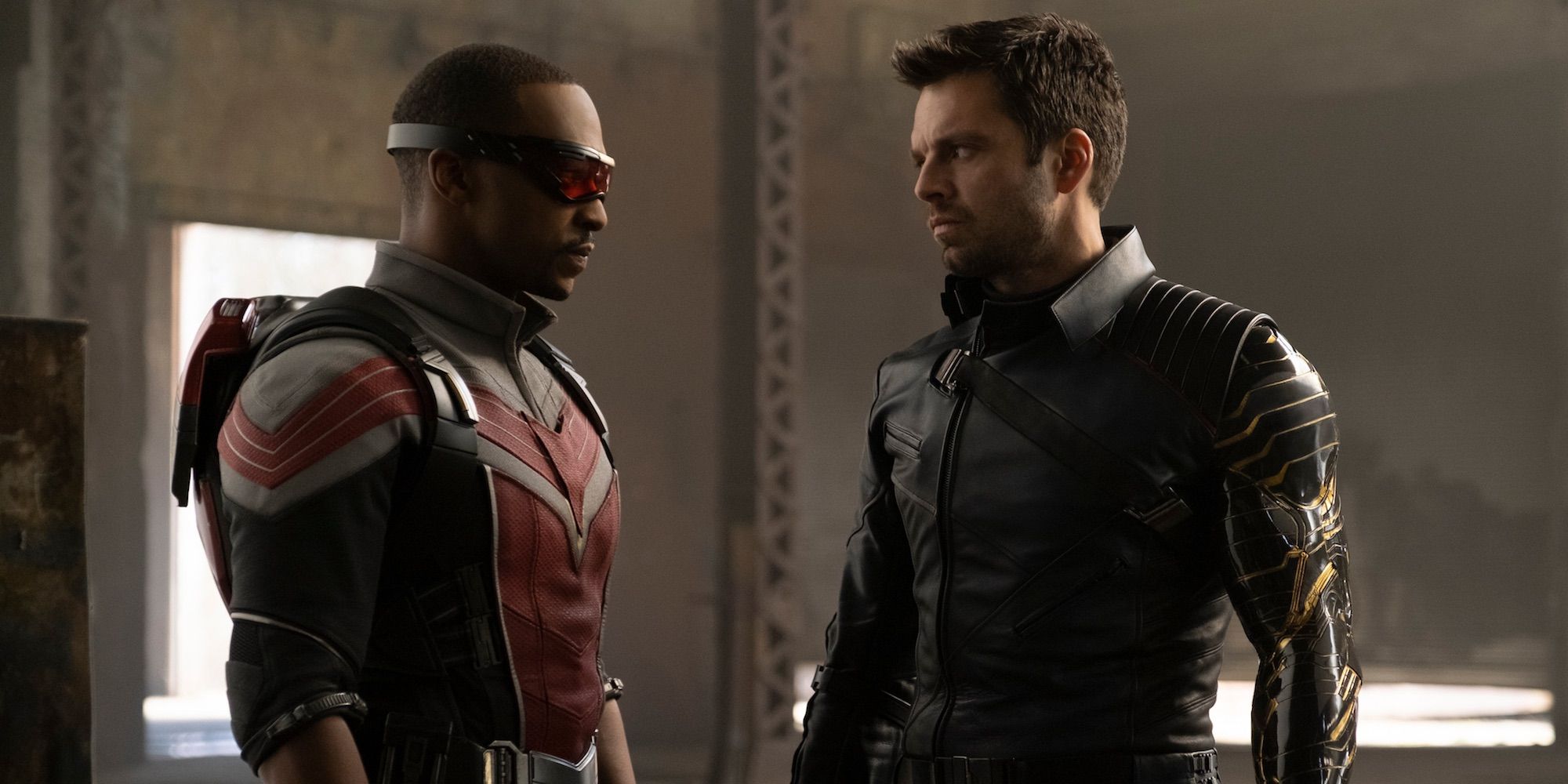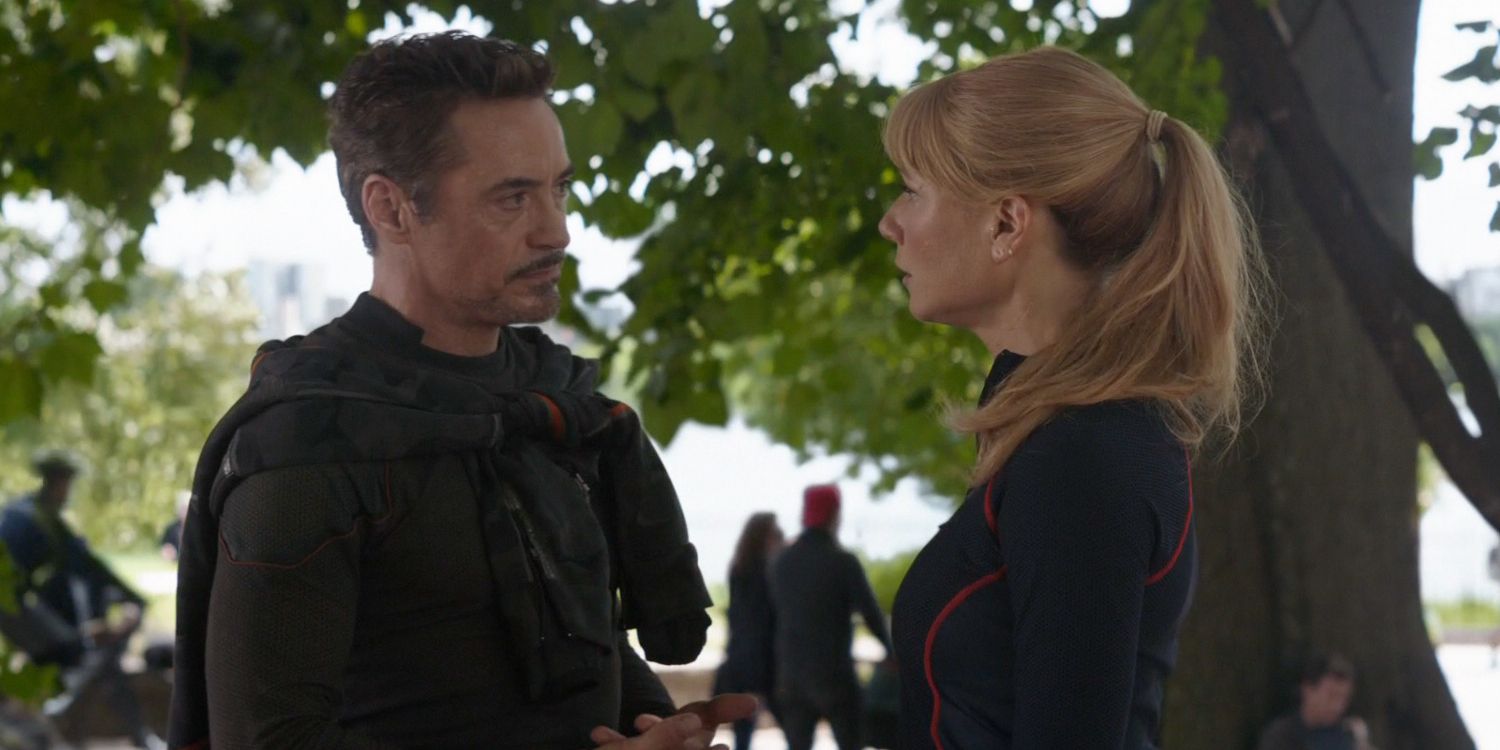The Marvel Cinematic Universe has been lauded for evolving with the times. This is one of the main reasons why the series has remained a success for over a decade since its inception. Looking back, there are plenty of elements that have changed since Phase One of these movies and it’s pretty clear to see when it is compared to the remaining phases.
All of these have contributed to improving the quality of storytelling, along with opening up new ways for the franchise to expand into the juggernaut it is now. This is why it’s worth checking out just how significant the changes from Phase One have turned out to be.
Female Leads Are A Norm
There’s not any film in Phase One that features a female superhero in the title, with The Avengers the only one with a significant woman lead in Black Widow. Unlike the DCEU, the MCU took its time in changing this, with Phase Three’s Ant-Man and the Wasp finally reaching the milestone of a first-time female lead — who is still playing second fiddle to a man.
By Phase Four, female protagonists have become the norm, with Captain Marvel 2, WandaVision, Ms. Marvel, Black Widow, Hawkeye, She-Hulk. There’s also an increase in more diverse characters as leading roles.
Heavier Focus On Television Shows
There have been quite a lot of MCU shows over the years, although Phase One only featured Agents of S.H.I.E.L.D. as part of the line-up. As time has gone by, the emphasis on TV shows has greatly expanded, to the point where Phase Four has given them equal importance.
Now, TV series directly tie in with the plot of the movies, with WandaVision and Loki both leading into Doctor Strange in the Multiverse of Madness, and The Falcon and the Winter Soldier continuing the story of Captain America: Civil War.
Stories Deliberately Told Out Of Chronology
While Phase One’s Captain America: The First Avenger was released later but served as a prequel, it was established as such in the film itself. The MCU has deliberately kept stories out of chronology as a way to make fans guess where these fall in place.
These have included instances like Guardians of the Galaxy Vol. 2 taking place in 2014 when earlier movies like Doctor Strange were set in 2017. The practice has only gotten more commonplace in recent times, as the exact dates aren’t revealed and fans end up piecing information together to figure out the chronology.
Shift Toward Crossovers In Solo Films
Phase One limited movies to only Easter eggs and subtle references toward other superheroes. It came to a head in The Avengers but this was specifically a team-up film. The shift in featuring heroes in solo films began with Bruce Banner’s cameo in Iron Man 3 before Captain America: Civil War ushered in the norm for characters having roles in solo hero movies.
This has led to unlikely friendships forming between characters that usually wouldn’t meet. Phase Four is taking things on another level by frequently mixing multiple superheroes together, with the Guardians of the Galaxy being in Thor: Love and Thunder, and Doctor Strange in Spider-Man: No Way Home.
Emphasis On Mentor/Protege Dynamics
With Phase One focusing on establishing the individual superheroes’ backgrounds, there wasn’t any real room for mentor/protege dynamics to be set in stone. It began to grow further by Phase Two when Tony Stark mentored Harley Keener and then later truly became a father figure toward Peter Parker in Phase Three.
Eventually, the mentor/protege angle has become the go-to tactic for the MCU to pass the mantle on from one character to another, with Black Widow and Hawkeye both featuring this. The Spider-Man movies also heavily rely on this, as Nick Fury and Doctor Strange play this role for Peter Parker after Tony Stark.
Movies Have Thematic Qualities
There wasn’t much to separate one movie from another in Phase One other than stuff like Thor being a god and Captain America a man from the past. The basic style of these films was similar, essentially being superhero movies in different templates.
Phase Three began changing this up by putting greater focus on elements like music, color schemes, improvisational dialogue, and emphasis on environmental backdrops to truly make movies stand out on their own. It’s through these thematic qualities that one MCU movie can be distinct from another.
End Of Phases Are A Bridge Toward The Next Ones
The Avengers was the conclusion to Phase One, serving as the culmination to all the movies set before it. The MCU has since changed the last movies of each phase to be the one that sets the stage for the next story to be told.
This was seen in Phase Two’s Ant-Man, which showed how the new Avengers base worked and teased the civil war to come. Phase Three’s Spider-Man: Far From Home showed the fallout from the Snap and the transition from Tony Stark’s arc, thus setting up Phase Four to continue telling stories of the after-effects of the Snap.
Villains Have More Sympathetic Characterizations
Apart from Loki, Phase One featured villains who were the stereotypical evil figure. Even Loki was unsympathetic in The Avengers in his plans to subjugate Earth. By Phase Three, the MCU began to show the points of view of the antagonists, humanizing them to an extent that viewers could feel for them.
Avengers: Infinity War, Black Panther, Ant-Man and the Wasp, Spider-Man: Homecoming all had these villains who weren’t all bad or all good. The MCU has favored such antagonists in order to keep fans invested in all aspects of the story, even if it means placing the villain in a positive light.
Supporting Characters Are Upgraded To Become Main Protagonists
The role of supporting characters was simply to further the plot for the main protagonist in Phase One. These characters didn’t offer much else other than to appear when it tied into the lead’s storyline. Things have since changed to supporting characters now being set up for their own arcs.
This has led to Phase Four doling out movies and shows entirely built around former supporting characters. Black Widow, Hawkeye, The Falcon and the Winter Soldier, Loki, and WandaVision are proof of the MCU’s changed outlook in the way it handles such characters.
Romance Elements Are Toned Down
It’s easier to discern the best and worst MCU couples from Phase One as it was here when the series liked to have a designated love interest for the main protagonists. While romance continues to be important, the MCU has toned down its nature by giving genuine characterizations to the intended love interests.
These characters no longer serve just the one-note nature of simply being the lead’s romance, as they have their own strong points and personalities. Movies like Thor: Ragnarok, Doctor Strange, and Captain Marvel have eliminated love interests entirely to feature stories just about the main characters’ journeys.

